PermafrostPermanently frozen ground. First-Hand
Toolik Field Station, North Slope, AK
June 10, 2019
Photo of the Day:
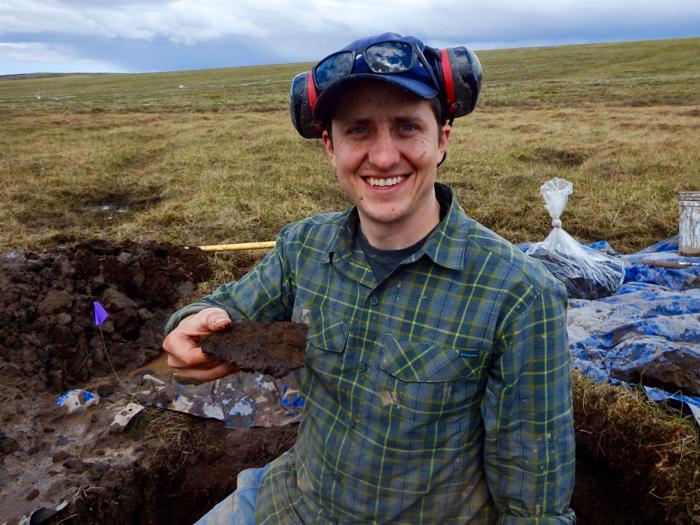
We’ve been digging into permafrost for the past couple of days, and this has given me a great chance to explore its many nuances. Here are some of the interesting things I discovered:
It’s Not All PermafrostPermanently frozen ground.
The soil underneath wet sedge tundra on the North Slope is quite complex. The thaw depth at this point in the year was around 8 cm, meaning that digging was easy until that point. At 8 cm, it felt like the shovel hit solid rock. Below this depth, the soil was entirely frozen. When uncovered, it resembled a dark skating rink.
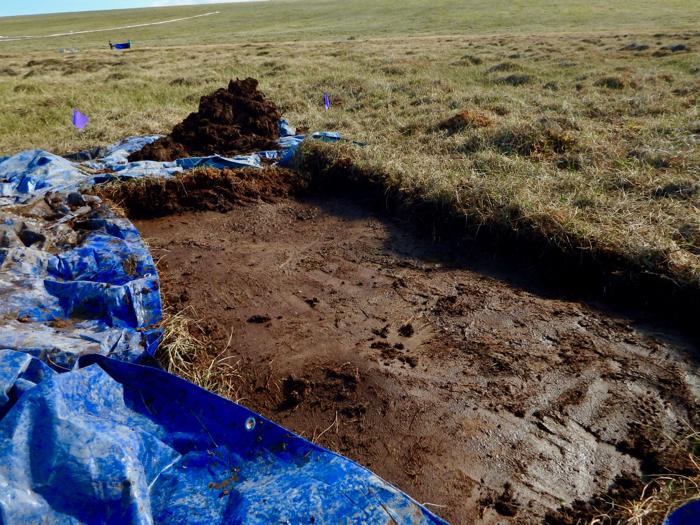
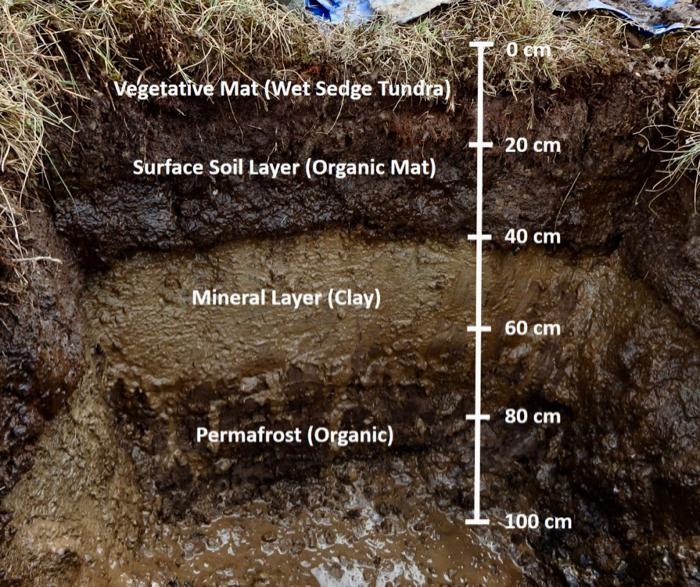
Ancient Organics
Once in the permafrost layer, we frequently uncovered organics frozen within the soil. It was neat to think about the age of this uncovered material. Karl Romanowicz, a graduate student in Dr. Kling’s lab, indicated that soil recovered from this same site and depth during previous work was over 7000 years old! This plant material has been frozen here for a very long time.
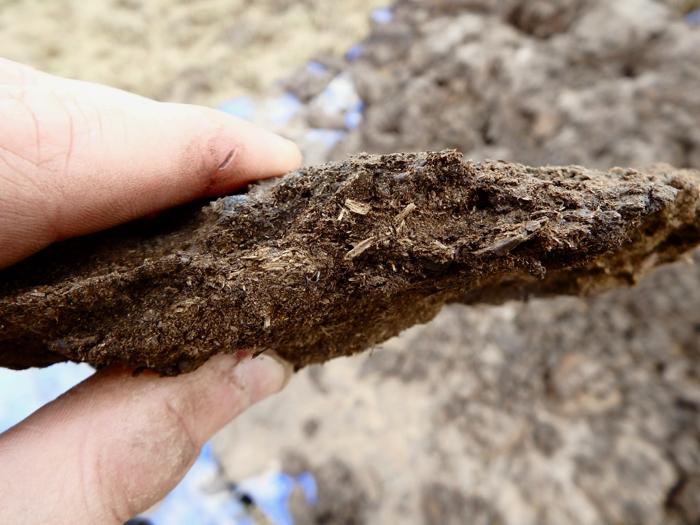
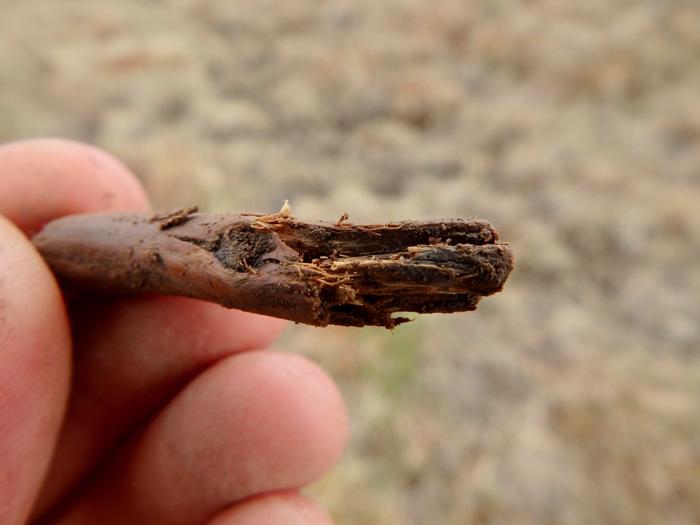
The Smell
I found it very interesting to smell the different layers of organic permafrost soil. All had a very mossy odor, and I could definitely smell metallic content in many. I have been thawing some retrieved twigs in my WeatherPort for the past day, and the whole place now smells like a well-aged Islay scotch. Not a bad potpourri!
Ice Features
Occasionally, the jackhammer would bite through frozen soil into solid ice. Often, this ice would take the form of a layer within the soil. These ice layers are called lenses (see diagram below). These were worrisome moments during the dig, as we never knew how thick these lenses would be. Other times, ice would take the form of smaller inclusions.
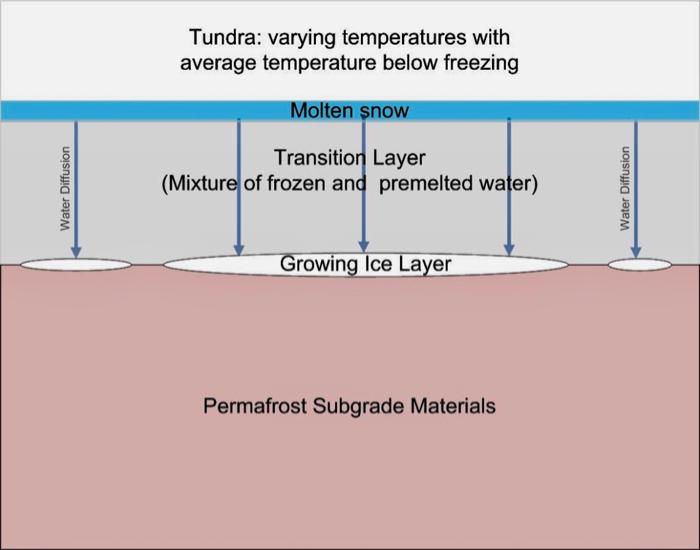
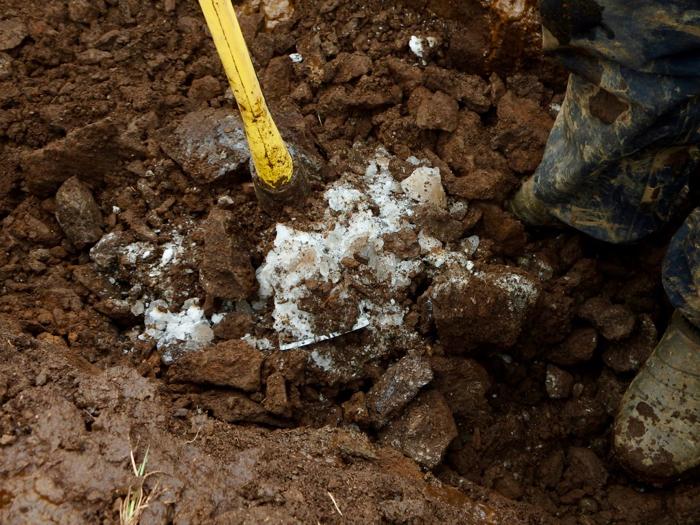
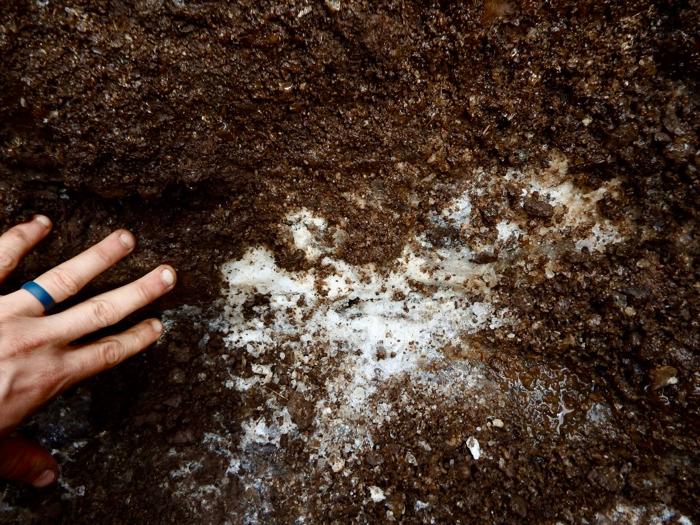
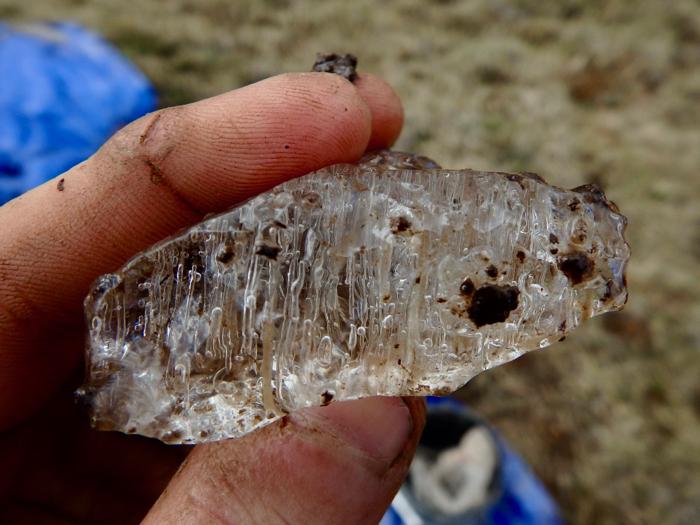
The Gist of It All
PermafrostPermanently frozen ground. is quite a complicated soil, and its composition varies drastically depending on location and depth. More importantly (at least, for the research I’m working on this summer), the chemistry of the organic material contained in permafrost varies based on location and depth. Check out my previous posts on dissolved organic carbon and the permafrost positive feedback loop for more information, as well as my summary of the summer photo-bio project goals.

Comment below!


Comments